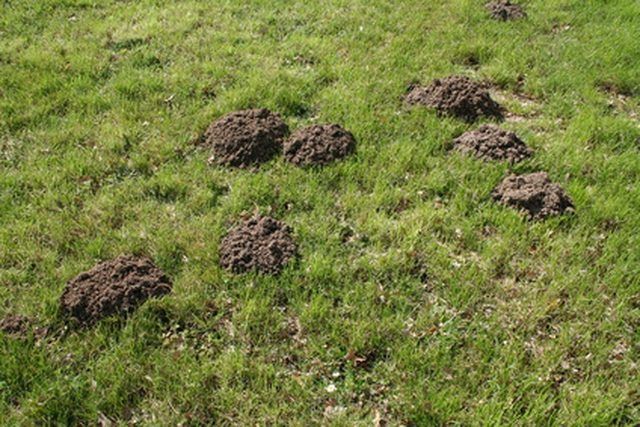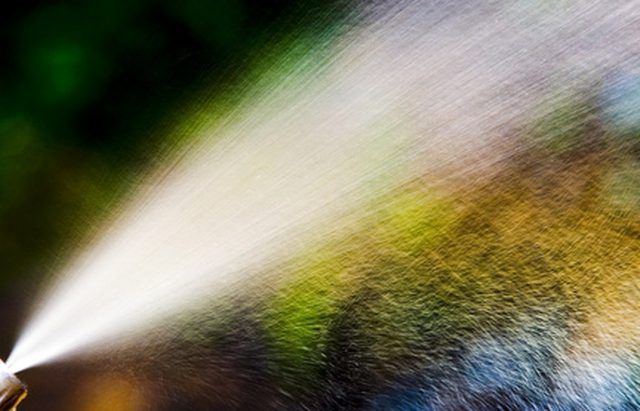Bulbs
Flower Basics
Flower Beds & Specialty Gardens
Flower Garden
Garden Furniture
Garden Gnomes
Garden Seeds
Garden Sheds
Garden Statues
Garden Tools & Supplies
Gardening Basics
Green & Organic
Groundcovers & Vines
Growing Annuals
Growing Basil
Growing Beans
Growing Berries
Growing Blueberries
Growing Cactus
Growing Corn
Growing Cotton
Growing Edibles
Growing Flowers
Growing Garlic
Growing Grapes
Growing Grass
Growing Herbs
Growing Jasmine
Growing Mint
Growing Mushrooms
Orchids
Growing Peanuts
Growing Perennials
Growing Plants
Growing Rosemary
Growing Roses
Growing Strawberries
Growing Sunflowers
Growing Thyme
Growing Tomatoes
Growing Tulips
Growing Vegetables
Herb Basics
Herb Garden
Indoor Growing
Landscaping Basics
Landscaping Patios
Landscaping Plants
Landscaping Shrubs
Landscaping Trees
Landscaping Walks & Pathways
Lawn Basics
Lawn Maintenance
Lawn Mowers
Lawn Ornaments
Lawn Planting
Lawn Tools
Outdoor Growing
Overall Landscape Planning
Pests, Weeds & Problems
Plant Basics
Rock Garden
Rose Garden
Shrubs
Soil
Specialty Gardens
Trees
Vegetable Garden
Yard Maintenance
How to Repel Gophers & Moles
How to Repel Gophers & Moles. Burrowing rodents like the gopher and mole can quickly destroy a lawn or garden. Both of these small mammals tunnel less than a foot below the surface of the ground and push the earth up, causing mounds to form. The smaller mole feeds almost constantly on insects and worms while its cousin, the gopher, feeds on plant...

Burrowing rodents like the gopher and mole can quickly destroy a lawn or garden. Both of these small mammals tunnel less than a foot below the surface of the ground and push the earth up, causing mounds to form. The smaller mole feeds almost constantly on insects and worms while its cousin, the gopher, feeds on plant materials like roots and other vegetation. There is a simple and natural repellent that is non-toxic and inexpensive to prepare.
Things You'll Need
16 oz. bottle castor oil
8 oz. liquid dish-washing soap
Empty 2-liter soda bottle for mixing and storage
1 cup measure (optional)
Spray bottle lawn applicator (garden hose attachment)
Mixture and Application
Mix the castor oil and dish soap in the empty 2-liter bottle. Shake until foamy. The bottle also serves as the storage bottle for the repellent. The ratio of castor oil to dish-washing soap is 2:1, if larger or smaller amounts are needed.

Fill the spray applicator bottle with the repellent mixture and secure the applicator lid. Set the dial on the applicator bottle to use 2 tbsp. repellent per 1 gallon of water. If the dial only has light, medium and heavy settings, use the light setting. Attach the spray applicator bottle to the garden hose.

Apply the repellent to all affected areas of the lawn, beginning with areas that show signs of tunneling and mounds. Reapply the repellent once or twice weekly and after any heavy rains until the ground shows signs of improvement and tunneling disappears.
Tips & Warnings
Avoid watering your lawn during treatment periods if possible. Too much moisture will dilute and wash away the repellent.
Although this repellent is not toxic, the ingredients can kill insects and some worms. It is also best to keep pets and children off the treated areas until the repellent is absorbed into the ground.